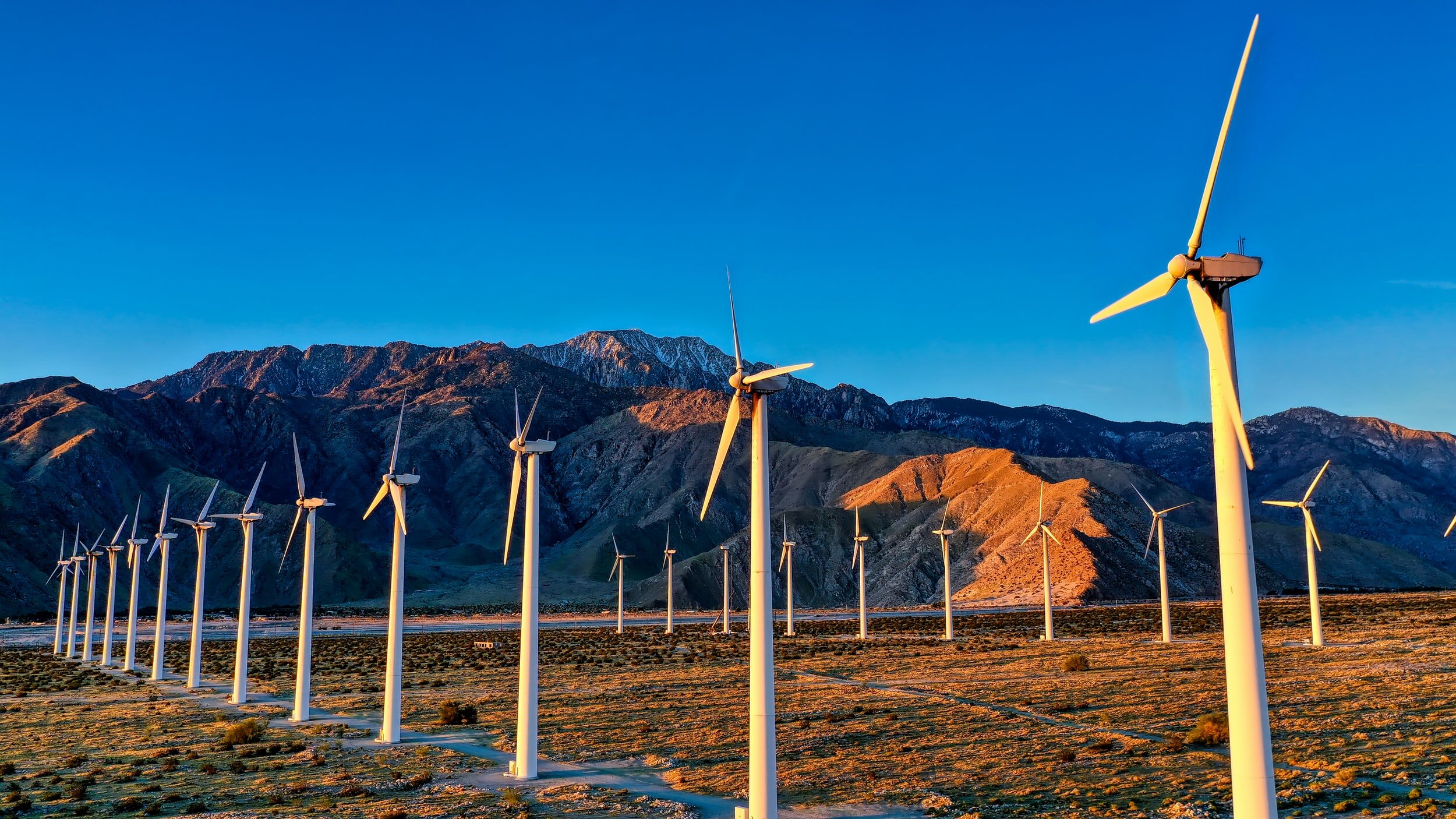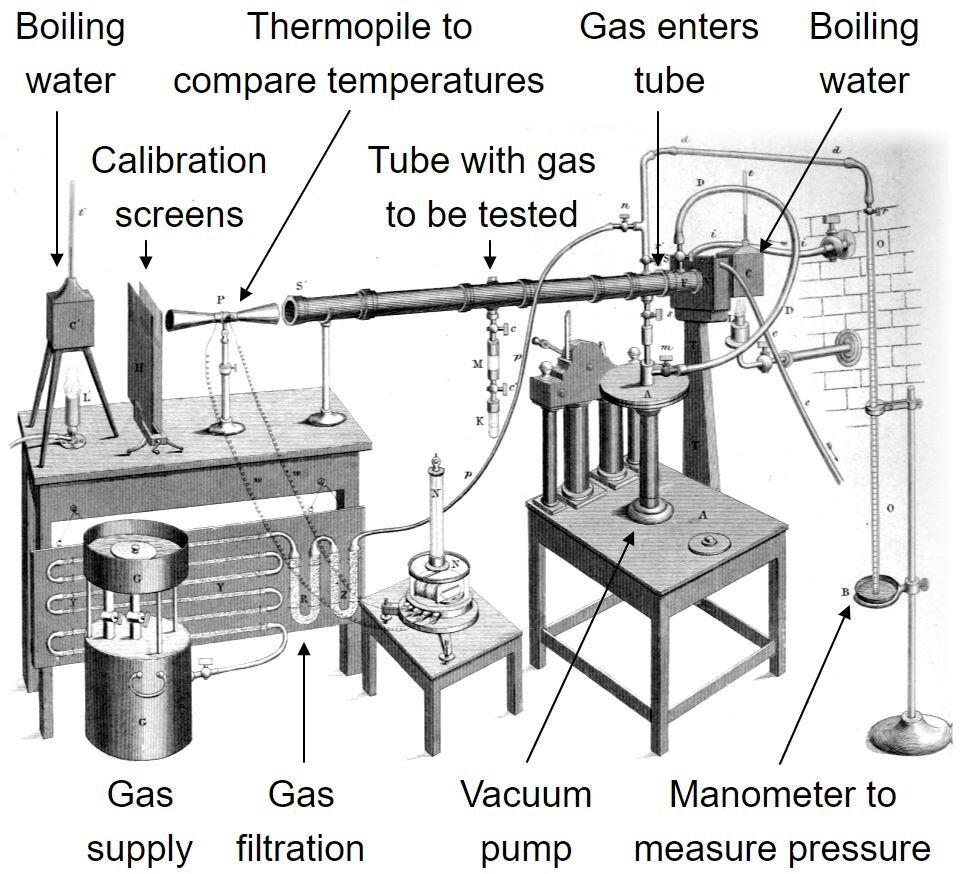Energy Supply and Lifecycle Emissions
In this post from the book NET-ZERO:
How do fossil fuels compare on greenhouse gases? Comparing the amount of carbon dioxide released from burning coal, oil, and gas.
What are lifecycle emissions? Adding up the GHGs released during mining, processing, and construction of renewable and nuclear power plants.
How clean are renewables? Why the building and running emissions of wind, solar, hydro, and geothermal are at least ten times lower than the fossil fuel equivalent.
Lifecycle Emissions
In this post we will explore the quantity of greenhouse gas emissions released by different energy sources. Whether that is the direct emissions from the combustion of fossil fuels used to generate heat, pressure, or electricity. Or the indirect emissions from the mining, manufacture, and construction of nuclear or renewable energy supplies. We will use the total ‘cradle to grave’ emissions to calculate a lifecycle emissions factor for each technology (measured in grams of carbon dioxide equivalent (CO2e) per kWh of energy supplied).
Direct Emissions from Fossil Fuels
Burning coal for heat releases 350 g of CO2 for every kWh of thermal energy. Natural gas and oil fare better with around 200 g CO2 per kWh (the hydrogen atoms release energy but form water not CO2). However, if you add the leaks from oil and gas networks then emissions climb towards 280 g CO2e per kWh.
Methane (natural gas) leaks are estimated at between 1-5% of natural gas production. Above 3-4% leakage and natural gas contributes more to global warming than burning coal. (Methane has 28x greater global warming potential than CO2)
If the heat energy from coal or natural gas combustion is used to generate electricity then total emissions increase towards 1,000 g of CO2 per kWh electricity because half of the thermal energy is wasted in generation, and another 5-10% is lost in electrical transmission and distribution.
Embedded Emissions in Nuclear and Renewables
Nuclear, solar, wind, and hydro emit no CO2 from generation, but they do require resources and energy during processing and construction - they have embedded emissions.
Nuclear requires energy to process the uranium. Solar requires electricity to manufacture the panels. Wind turbines use large quantities of concrete, steel, and carbon fibre in the construction. Hydro-electric reservoirs flood vegetation and the rotting plant matter releases methane.
However, even assuming the energy of production comes from fossil fuels, and even including all embedded emissions, these technologies emit less than 30 g of CO2e per kWh of energy (over their lifetime).
Plus, as we source more of the the production energy from low or no-carbon sources, then the lifecycle emissions trend toward zero. If you power the solar factory with solar power, then clean energy creates more clean energy.
Solar PV production uses 4 kg of silicon per kW power. Refining the silicon from quartz emits 18 kg CO2 from the reaction with coal. Purifying the silicon to thin wafers uses 1,300 kWh of electricity which, on today’s global grid (0.5 kg CO2 per kWh), emits another 650 kg of CO2. The fixtures, fittings, and electrical equipment add another 700 kg, bringing total emissions to 1,400 kg per kW of installed solar (about 3 panels). The panels will generate 1,500 kWh electricity per year for 30 years which brings total lifecycle emissions to 30 grams of CO2 per kWh or an emissions payback time of 1.5 years.
A typical 2 MW wind turbine uses 18 tonnes of carbon fibre for the blades, 250 tonnes steel for the tower, 120 tonnes metal for the gearbox and 1,400 tonnes of concrete to secure it in place. Carbon fibre emits 28 tonnes of CO2 per tonne of material: this ratio is 2 for steel and 0.25 for concrete, a total of nearly 2,000 tonnes of CO2 emissions. The turbine will run at around 35% of capacity and last for at least 25 years - producing over 150 million kWh of electricity. Lifecycle emissions of 11 grams of CO2 per kWh electricity.
Indirect Emissions from Biofuels
Biofuels are, in theory, net-zero carbon. Biomass has grown in the recent past, sequestering CO2 from the atmosphere which is re-released when burnt. But the use of processing energy, fertiliser, water, and land creates indirect emissions.
First generation ethanol emits 180g of CO2e per kWh from fertiliser and energy use.
First generation (1G) corn ethanol can produce 600 gallons ethanol or 12,000 kWh energy per acre of corn. Growing and processing the corn uses 200 kg of fertiliser and 7,000 kWh of electricity and natural gas. A total of over 2 tonnes of CO2e per acre or 180 g of CO2e per kWh.
Second generation fuels eliminate the fertiliser but require more energy to breakdown the tough plant waste, so emissions fare no better.
Second generation (2G) cellulosic ethanol made from plant waste, instead of corn, uses 16.5 kWh of processing energy to produce one gallon of ethanol containing 22 kWh energy. So fossil fuels used to process the 2G biomass emit 190g CO2e per kWh of bio-ethanol energy.
Third generation algae oil biofuels require less processing energy than second generation, but they do use fertiliser. 3G emissions are around 140g CO2e per kWh, though yield optimisation could reduce this to 70g.
Lifecycle emissions include the direct, embedded, and indirect greenhouse gas emissions of each energy technology over its life. This provides a comparable measure of greenhouse gas emissions per kWh of energy supplied.
Wind, hydro, geo, solar, and nuclear technologies emit less than one tenth of the greenhouse gas emissions compared to fossil fuels. And importantly, as these technologies are increasingly manufactured using low-carbon energy, the lifecycle emissions will trend towards zero.
If we are to move towards a low cost, rapidly deployable, low-carbon, safe, reliable, and sustainable energy future, then renewables technology will undoubtedly form the backbone of our energy supply.
Click to find out more about How Much Land is Used by Renewables and Other Energy Sources & the Falling Cost of Net-Zero Technologies
Want to take action and help fight climate change - find company profiles, learning resources, and how-to guides in Climate Action



































